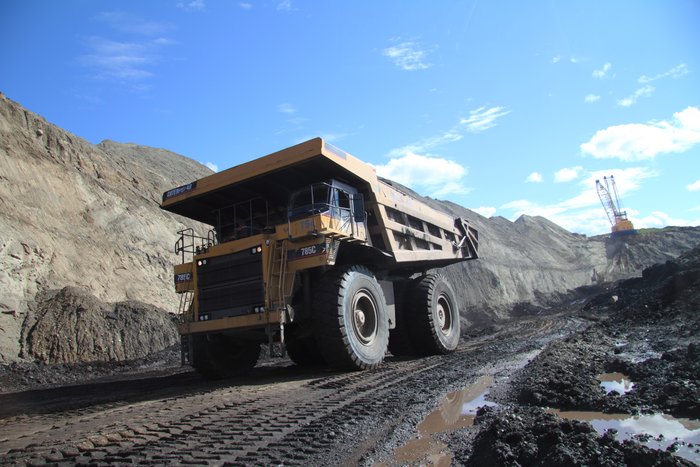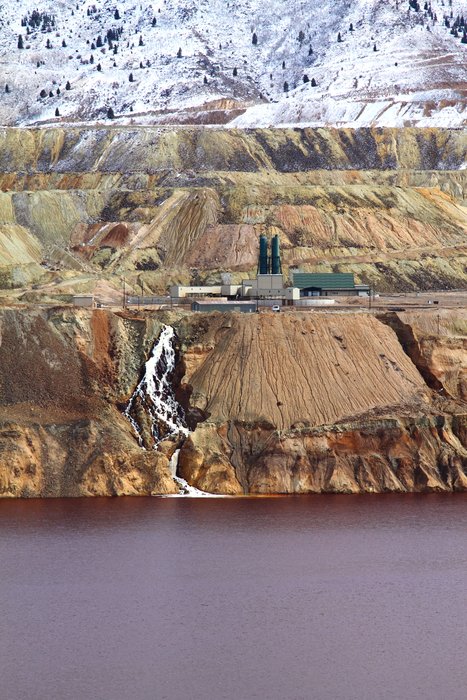
What is “true cost”?
“True cost” is the difference between the market price of a commodity and the comprehensive cost of that commodity to society. The term is normally used to draw attention to missing or hidden costs that are not found in the market price, even though it could theoretically apply to hidden benefits as well.
Positive and negative factors that are not reflected in the market price are called “externalities”. For example: a beekeeper makes honey. The price of honey is determined by the beekeeper and some buyer, and takes into account supply, demand, and the direct costs to the beekeeper. Pollination is a positive externality performed by the beekeeper’s bees: by fertilizing plants, it enables their reproduction, increasing biological productivity - a general benefit to people and animals in the area. However, this generalized benefit doesn’t affect the price of honey or the costs to the beekeeper.

The classic example of a negative externality is pollution. The mining and combustion of coal generates large amounts of pollution not reflected in the market price of coal. Damage to the environment and to human health is borne by governments (i.e. taxpayers) and individuals. Damage to other industries, such as tourism or fishing, is borne by those industries. In both cases, neither the buyer (power companies) nor the seller (mining companies) of the commodity in question bears these costs, but the buyer and seller determine the relatively low market price. Estimates of the true cost of coal range from the tens of billions to the hundreds of billions of dollars per year. Other examples of a large gap between market price and true cost abound, including the combustion of fossil fuels, production of electricity, metals mining, and chemical manufacturing.
What is the problem?
From an economic perspective, true cost presents a significant problem. If the market price doesn’t reflect the true cost then the market will continue to produce low-cost commodities that have a large number of externalities. This imbalance is expensive, environmentally destructive, and directly impacts human health.
A gap between true cost and market price means that those costs are borne elsewhere in society. By distorting the visible marketplace, it - in practical terms - inhibits the natural function of the market: to reward efficient choices and punish costly choices. As companies make more choices that overall are profitable to them but costly to society, the economy loses both total productivity, and efficiency. In the end, we all pay.
What is the solution?
The solution to the problem of true cost is simple in theory and difficult in practice: simply force companies or organizations to “internalize” negative externalities. In many cases this will cause the market price to rise–to then reflect the true cost of the object or commodity. Governments already compel some internalizing of externalities through regulations. These regulations limit the amount of pollution a company can release into the environment, therefore the company “pays” the cost of cleanup beforehand. Examples include sulfur and mercury emission restrictions on coal, water quality restrictions on mining operations, and hazardous waste disposal restrictions.
Another approach is to directly charge companies for the pollution they release. A carbon tax or emissions trading scheme attempts to put a price on the cost of a negative externality, in this case carbon dioxide emissions. The idea of taxing a negative externality is called a Pigovian tax, and the opposite activity (paying someone who produces a positive externality) is the basis of a subsidy. The effects of a Pigovian tax, as with any tax or subsidy, can be complex. Whether they have the desired effect, and unintended effects, is often an issue of debate.

Reclamation bonds, such as those used in the regulation of the hardrock mining industry, are monies contracted through a third party to cover the cost of restoration or environmental mitigation. Because hardrock mining can result in problems such as acid mine drainage, potentially lasting forever, mining companies are forced to put money into a bond before beginning operations. In the event of a bankruptcy, the government can then, theoretically, use this money for cleanup operations although in many cases the amount of the bond has been insufficient. Presumably this also provides an incentive for the company to limit pollution at a mine, and thereby recoup more of the bond. In these cases, the bond basically functions as insurance against future negative externalities generated by the mining operation.
See our related articles on theTrue Cost of Coal and the True Cost of Electricity Generation.
Created: Jan. 19, 2018